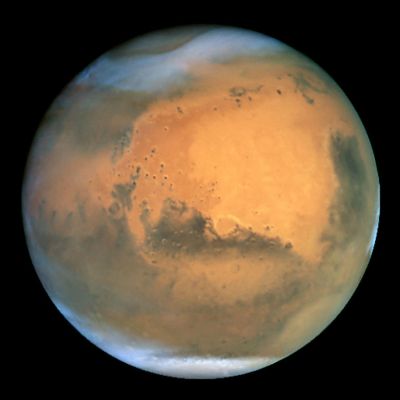
While space agencies are planning a human mission to Mars in the not too distant future, the exposure to ionising radiation during deep space missions is considered to be one of the major barriers for deep space exploration. EU funded FP7 project SR2S is addressing the need for radiation mitigation tools. The project partners are designing and developing a magnetic shield to protect astronauts during these types of future missions.
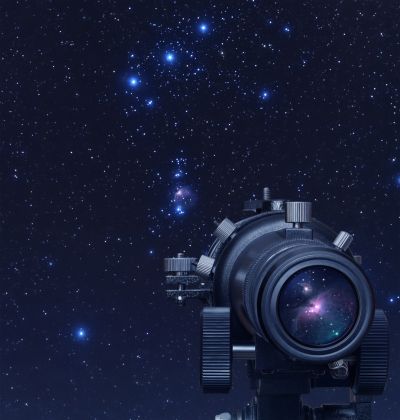
One question that astronomers still try to answer is when in the history of our Universe were the stars in galaxies born. Measuring star formation rates (SFRs), although extremely challenging even in our home galaxy, offers an opportunity to test hypotheses for how galaxies have grown and evolved.
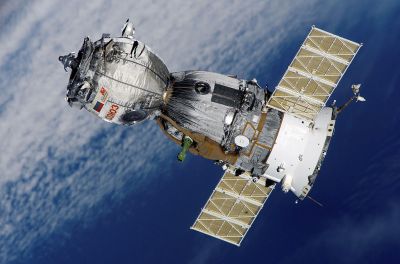
Spacecraft carry tremendous amounts of instrumentation that require electricity. Scientists are developing a novel form of nuclear energy for heat-to-electricity conversion with no moving parts.
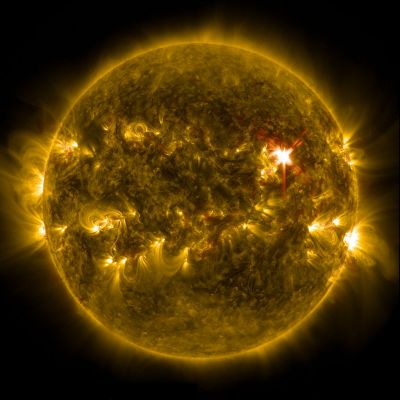
The Sun exerts its effects in many more ways than simply providing light and heat. Scientists have greatly deepened understanding of the Sun's powerful bursts of radiation that affect the Earth's atmosphere and its inhabitants and their devices.
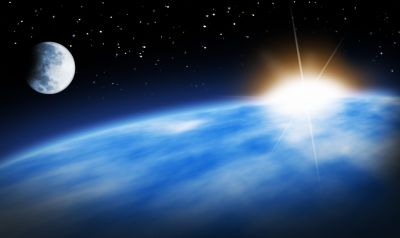
Using the continuous datastream from the National Aeronautics and Space Administration's (NASA) Kepler Mission and cutting-edge ground-based instrumentation, EU-funded astronomers are learning more about small planets in our galaxy.
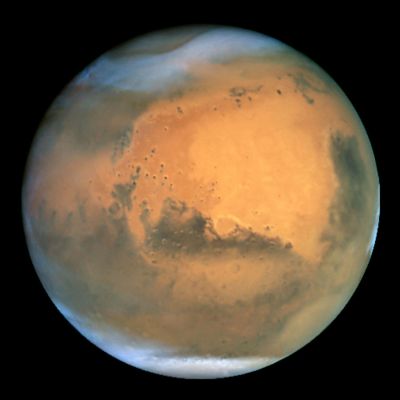
In the near future, we could see humans living and working on Mars and other inhospitable locations. Many environments on Earth are just as hostile as those found on other planets. EU-funded researchers are developing a space house for supporting life in extreme environments both on and off the Earth.
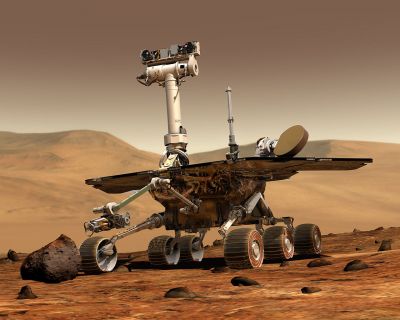
Despite the numerous manned and robotic missions, planetary environments in our solar system remain vastly uncharted. Starting with the most accessible planet, Mars, EU-funded researchers are now collecting all data returned so far to assemble highly realistic 3D surface images.
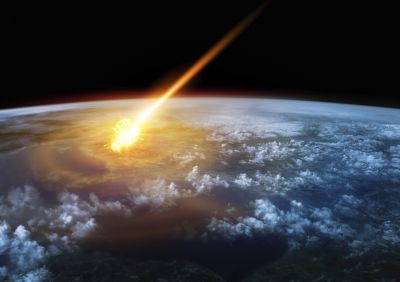
Because of the absence of validated predictive models, today most ablation materials are developed by an iterative trial-and-error process and are not in line with the latest safety rules. An EU-funded project develops key technologies for improvements in efficiency and cost for a new generation of high temperature materials.
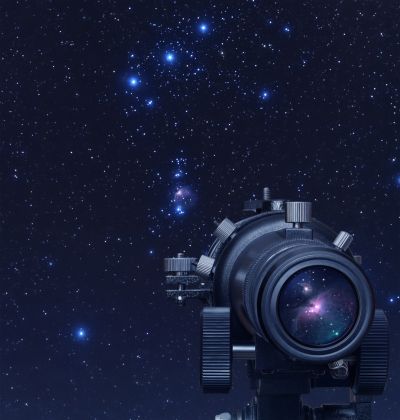
In the course of an EU-funded project, gravitational lensing has proven to be an exceptionally powerful tool for studying faint galaxies at the edges of the observable Universe.
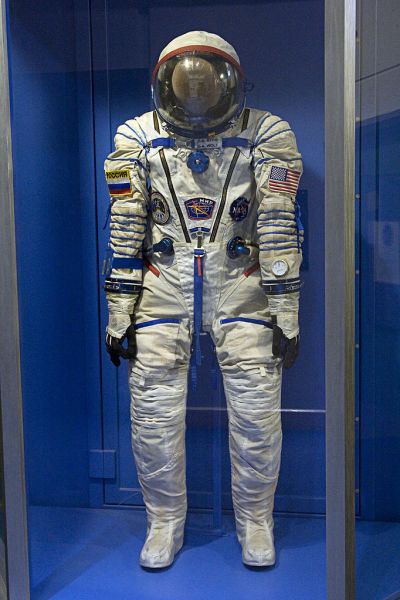
Future explorers on the Moon and Mars could be outfitted in a new type of astronaut's suit, a 'smartsuit' that will mitigate the pernicious effects of weightlessness and motor inactivity.
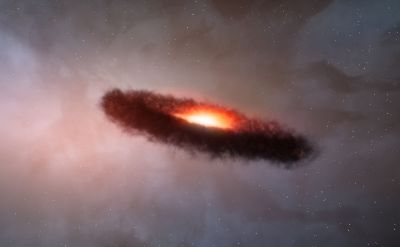
Circumstellar discs spinning around newly born stars are modern day alchemists, transforming dust and gas into astronomical gold: planets. How exactly remains a mystery on which an EU-funded project aims to shed light.
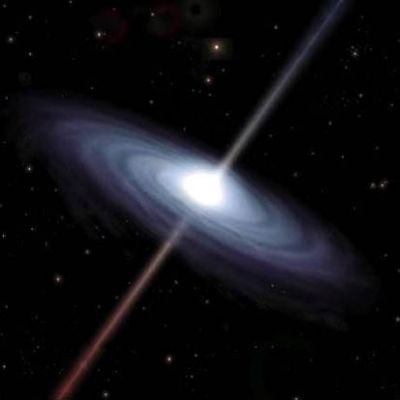
Since its introduction 100 years ago, the theory of general relativity has been proven to be an accurate description of gravity. Recently, physicists posited that Einstein's equations aren't the whole story and searched for what corrections are needed to describe matter around black holes.
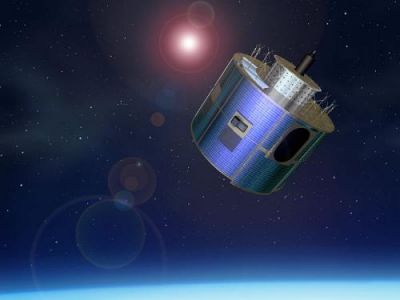
As every gramme and centimetre matters when launching satellites into orbit, an EU-funded project is working on minimising the size and weight of their attitude control systems.
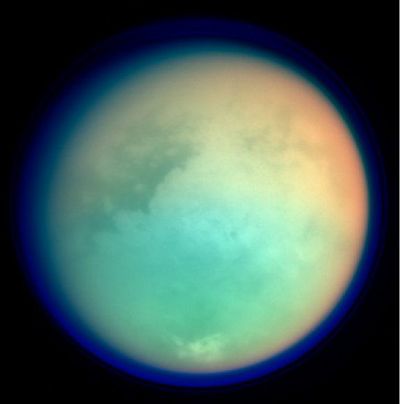
The largest satellite of Saturn, Titan is one of the few moons in our solar system with a thick and hazy orange atmosphere whose formation and chemical composition are far from well understood. No wonder this tempting target for space missions was one of huge scientific value for EU-funded researchers.
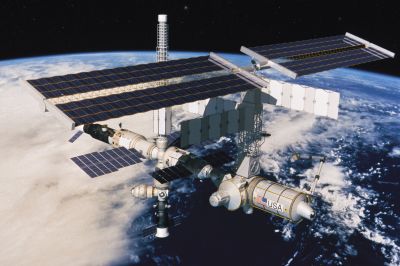
Kepler, a planet-hunting spacecraft, has revealed acoustic waves generated deep inside stars that ripple their surface and alter their brightness. These starquakes have helped EU-funded astronomers better understand the structure and future of thousands of stars.
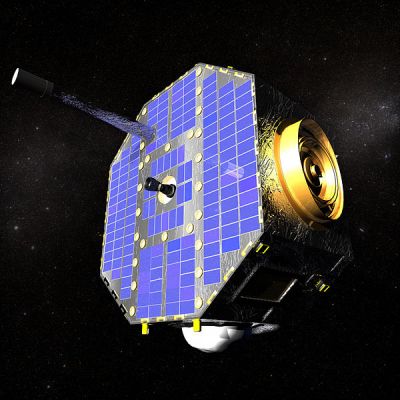
Navigating a spacecraft is one of the greatest challenges that engineers face while designing new missions to distant planets, their moons and even asteroids. Once the spacecraft is in flight, a new all-in-one navigation system promises to reliably guide it through the solar system to its target.
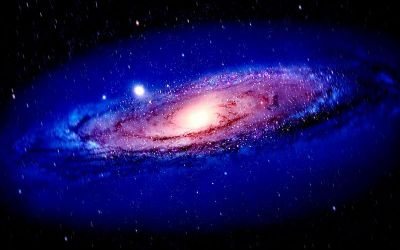
Galaxies provide a window on the past and future of the cosmos yet their formation is a major unsolved problem. EU-funded scientists have used world-class empirical data to place an important missing piece in the puzzle.

An EU-funded project reviewed alternative models to dark energy without the need to invoke a cosmological constant. Showing that dark energy is a dynamical contribution should dramatically increase our knowledge of the Universe.
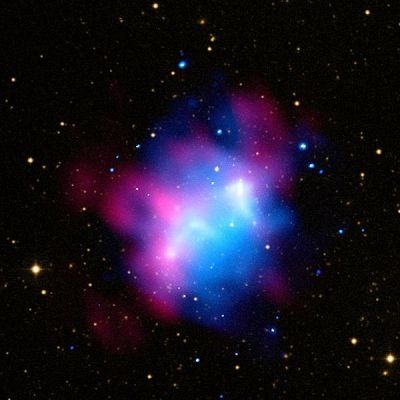
Collisions between massive galaxy clusters are helping European scientists to explain two of the greatest mysteries in our Universe, dark matter and dark energy.

An EU-funded initiative is training young researchers in astrodynamics — the science behind launching and flying a spacecraft.

2014 was quite a year for Europe in space. Not only did Rosetta become the first mission in history to rendezvous with a comet, the European Space Agency (ESA) also launched two new Galileo satellites as well as the Sentinel-1 satellite.

The futuristic movies of the past painted 2015 and beyond as a time of flying cars, hovercrafts and alien contact. While we may not be zooming down sky highways just yet, discovering life beyond Earth may not be outside our reach in the coming years. In fact, 2015 had barely begun when scientists at the Harvard-Smithsonian Center for Astrophysics announced that they had discovered what they believe to be the most Earth-like planet ever found outside the solar system.
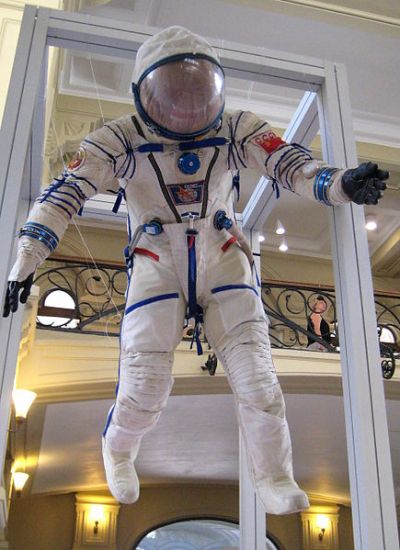
Archaeologist Cameron Smith took to the stage at TEDx Brussels 2014 to describe his contribution towards the mission to colonise space.
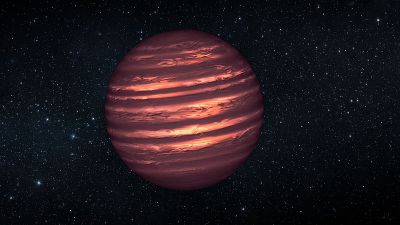
Star gazing has been a human fascination since we first looked up into the night sky. Astronomy has progressed hugely since those first glimpses and our studies of the Universe are beginning to provide answers to some of humankind’s most fundamental questions. Never before in our history have we understood so much about the birth of our Universe and the formation and evolution of galaxies.
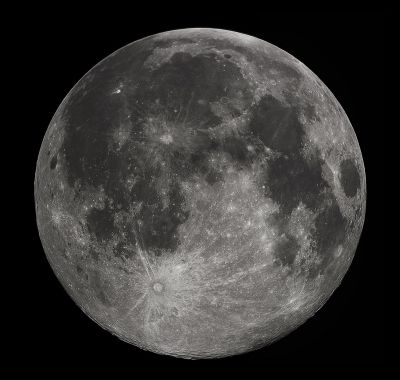
Did you catch the bright milky moon lighting up the sky earlier this week? This wasn’t just a beautiful harvest moon, it was actually a super harvest moon!
























